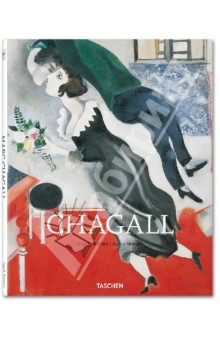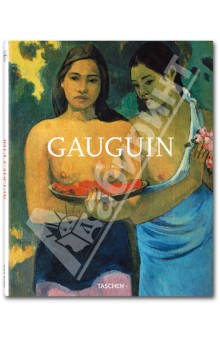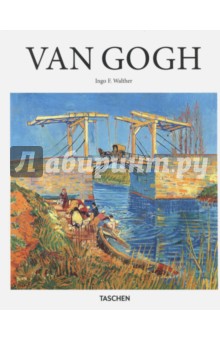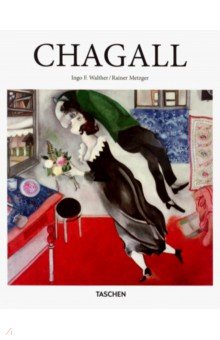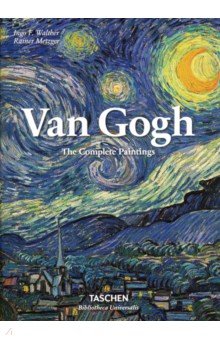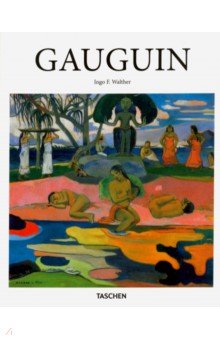О книге
Le genie torture d’un maitre du post-impressionnisme Aujourd’hui, les ?uvres de Vincent van Gogh (1853–1890) sont parmi les plus connues et les plus celebrees dans le monde. Les Tournesols, La Nuit etoilee ou l’Autoportrait a l’oreille bandee, parmi tant d’autres de ses peintures et dessins, laissent transparaitre la dexterite unique de l’artiste a representer les ambiances et les lieux par la peinture, le crayon, le fusain ou le pastel. Pourtant alors qu’il deployait les couleurs vibrantes en touches expressives et les formes au contour delimite qui allaient faire sa renommee, van Gogh luttait contre le desinteret de ses contemporains, mais aussi contre ses crises de folie. Ses episodes de depression et d’angoisse ont finalement eu raison de lui, puisqu’il se suicida en 1890, peu apres son 37e anniversaire. Cette introduction richement illustree retrace la vie de Vincent van Gogh: ses premieres ?uvres figurant paysans et ouvriers agricoles, sa lumineuse periode parisienne et son dernier sursaut creatif, plein de frenesie, durant les deux dernieres annees de sa vie qu’il passa dans le Sud de la France.
Отзывы
0Чтобы оставить отзыв или проголосовать, необходимо авторизоваться





 0
0 
